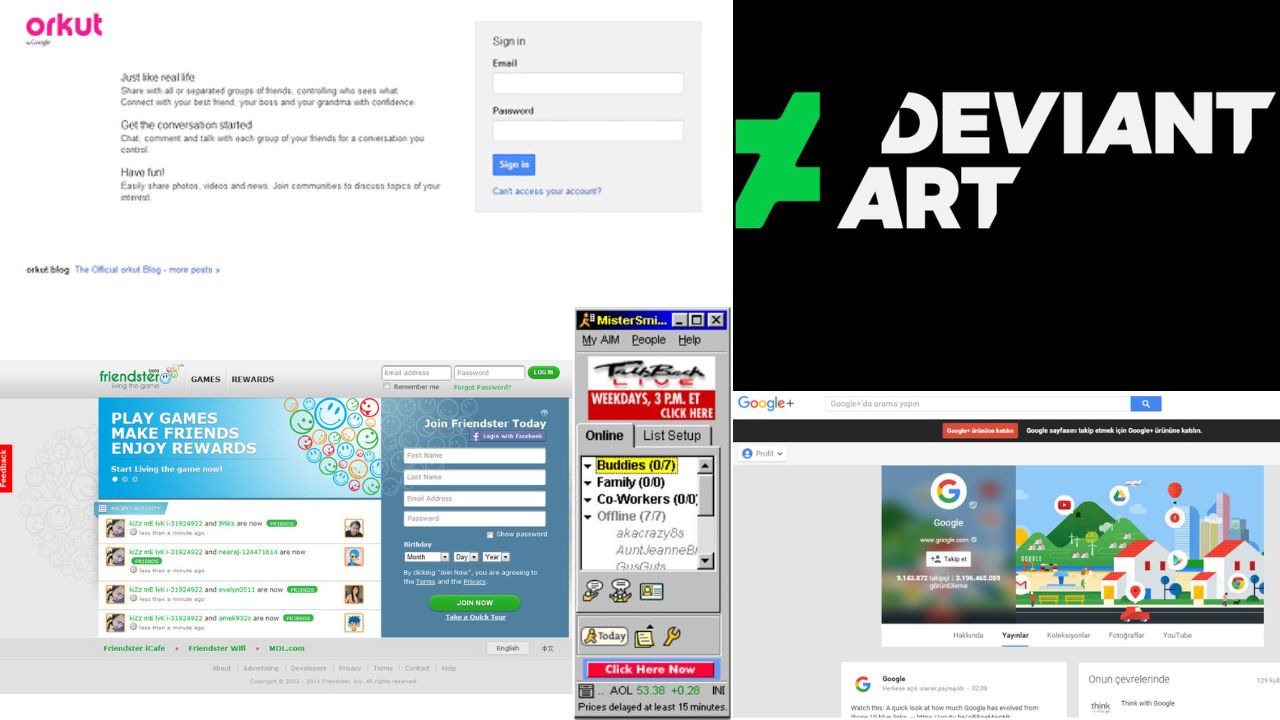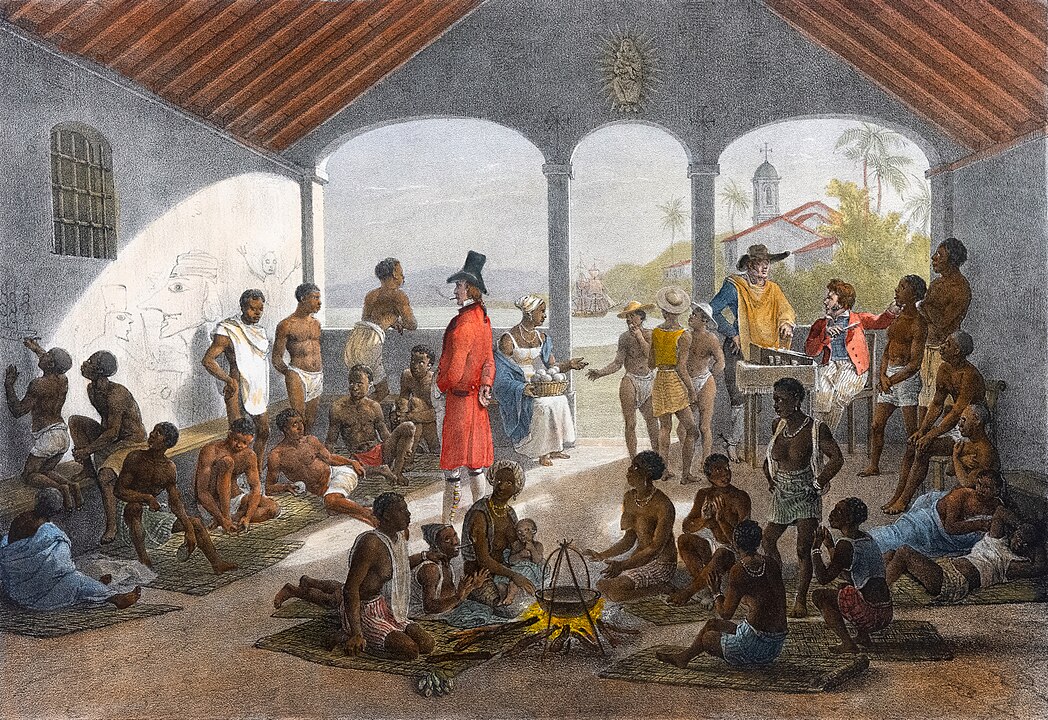Before TikTok became one of the world’s most used apps, other platforms shaped how people connected online. From sharing photos and music to blogging or chatting in forums, early social media helped define internet culture. Many of these platforms are now shut down or faded into obscurity, but they once held millions of users and introduced features we now take for granted. Here are 10 social media platforms that paved the way before the rise of TikTok.
1. MySpace
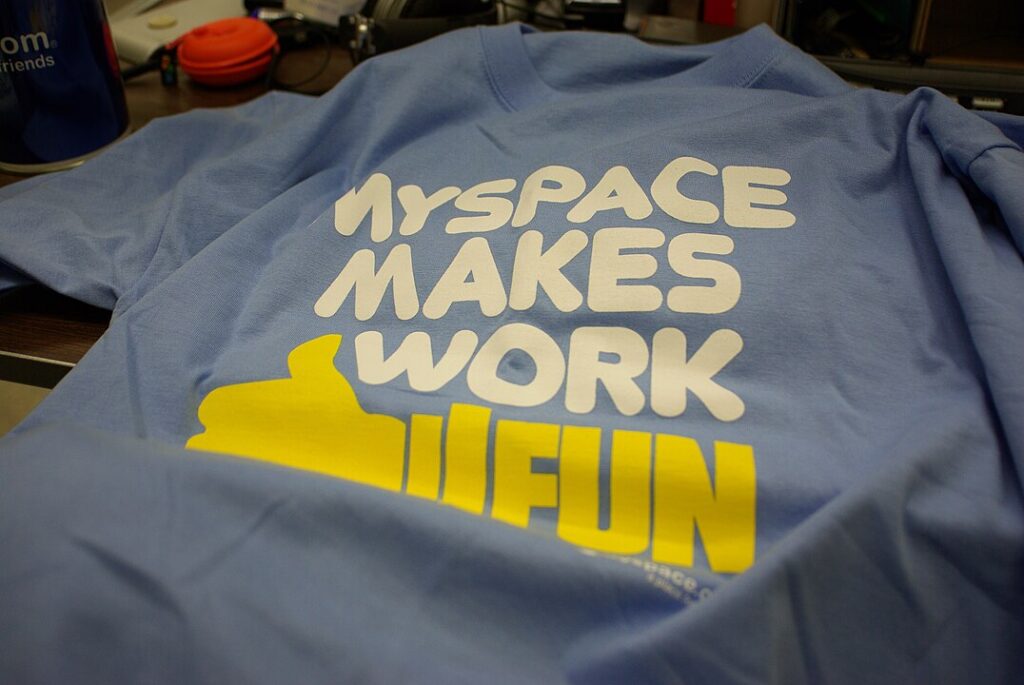
Launched in 2003, MySpace was once the most visited social media site in the world. It allowed users to create personal profiles, post music, and customize their pages with HTML. By 2005, it had over 100 million users and became a hotspot for bands and artists. MySpace helped launch the music careers of artists like Arctic Monkeys. It declined after Facebook’s rise and changes in ownership, but its influence on music and profile customization still stands out.
2. Friendster
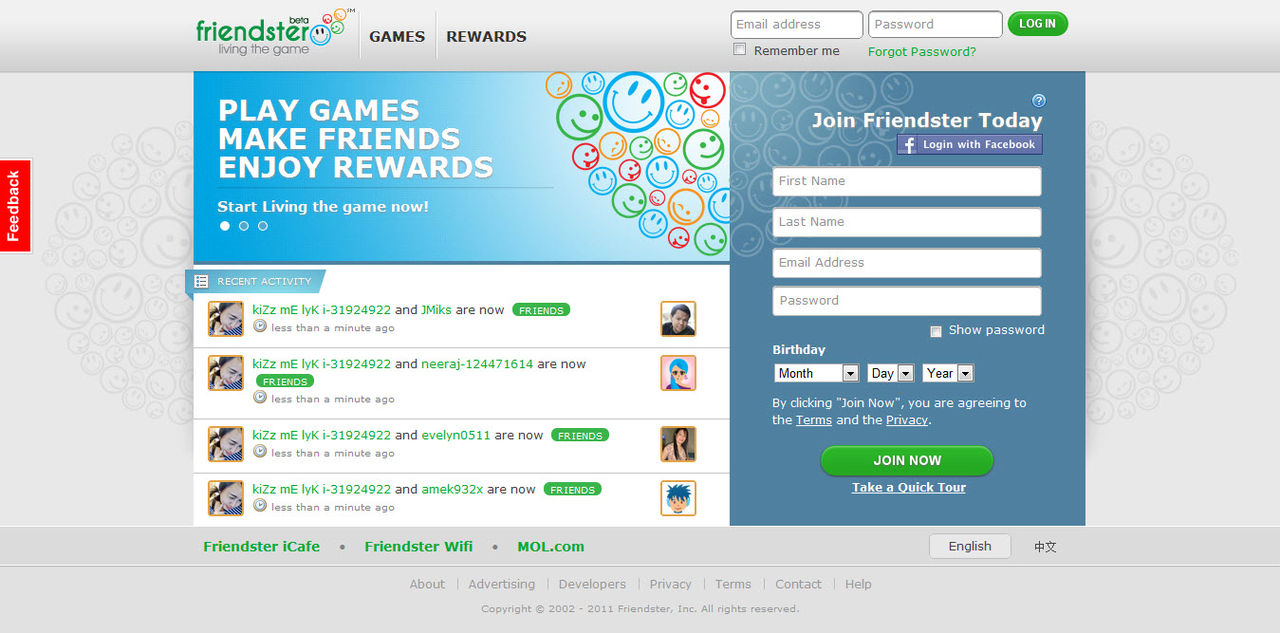
Friendster started in 2002 and was one of the first websites to focus on building an online network of real-life friends. It gained over 3 million users quickly and set the groundwork for many social features we see today. While it struggled with technical issues and was later shut down in 2011, it was an early inspiration for platforms like Facebook and LinkedIn. At its peak, it was especially popular in Southeast Asia.
3. Vine

Before TikTok, there was Vine. Launched in 2013 and owned by Twitter, Vine let users upload 6-second looping videos. It became a hub for comedy, creativity, and fast-paced content. Vine helped launch the careers of internet stars like Shawn Mendes and King Bach. Despite millions of users, it shut down in 2017 due to monetization issues. Its short-form style directly influenced how TikTok was later built and used by creators.
4. Google+
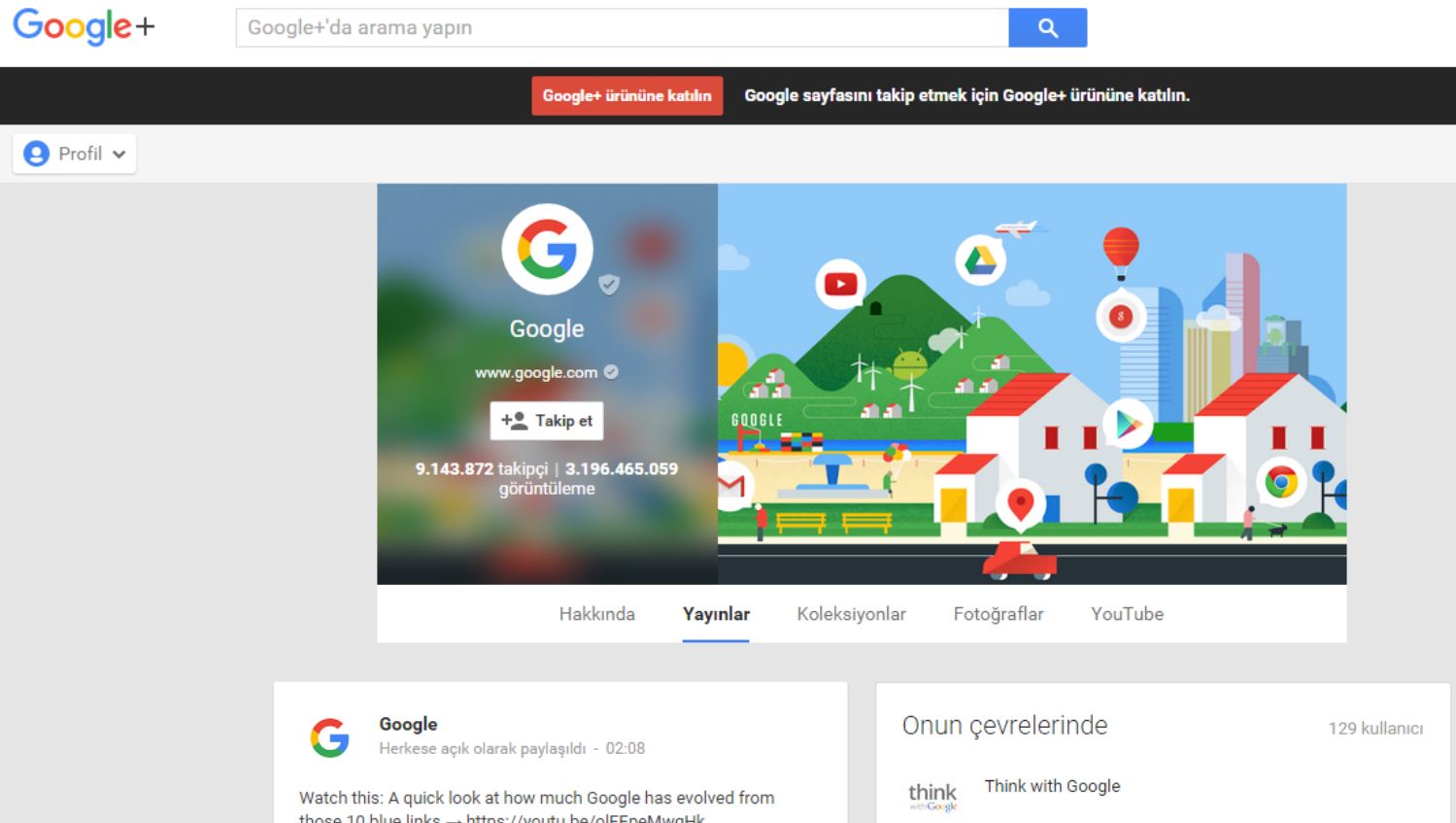
Google+ was introduced in 2011 as Google’s answer to Facebook. It offered features like Circles, Hangouts, and Communities. At its peak, it had over 100 million users, though most were passive or used the platform through other Google services. While it never reached Facebook’s level of success, Google+ was used in classrooms and niche tech communities before shutting down in 2019 due to security issues and low engagement.
5. Bebo
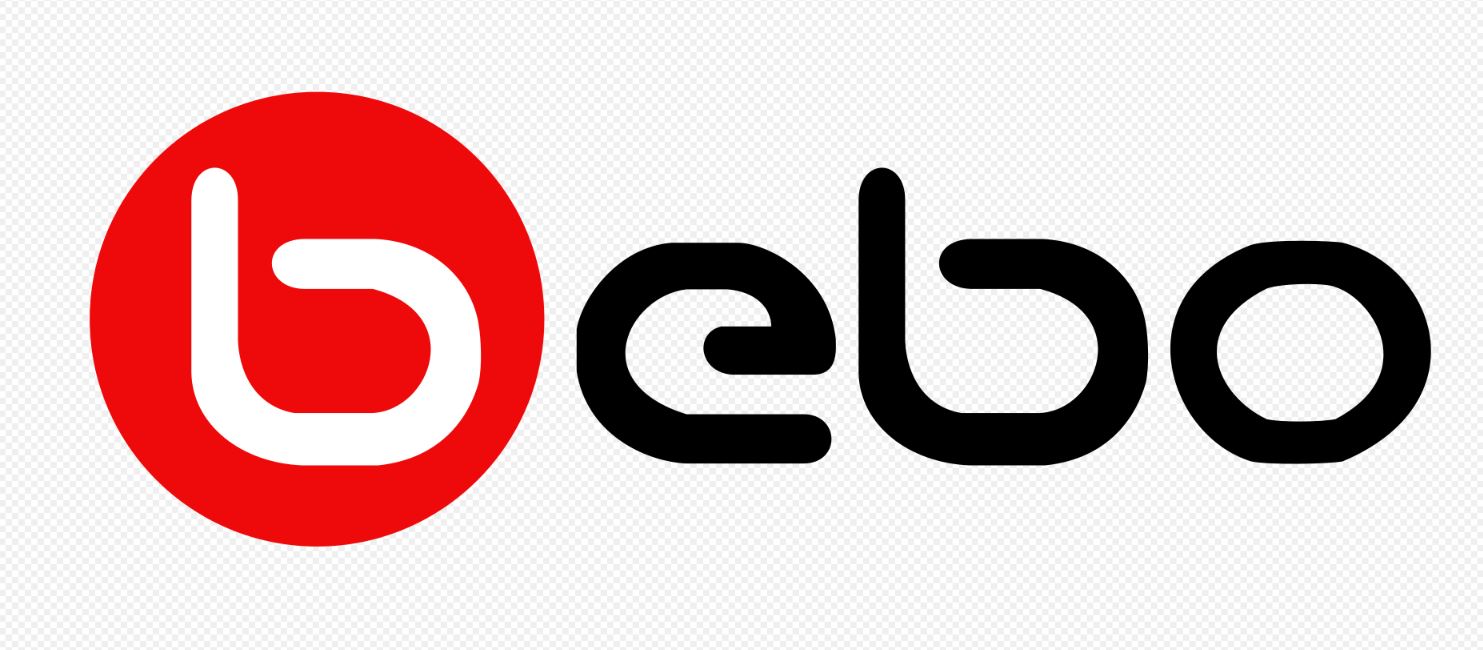
Bebo was launched in 2005 and became especially popular in the United Kingdom, Ireland, and New Zealand. Users could share photos, post updates, and interact with others through “love” or “laughter” buttons. It briefly overtook MySpace in popularity in certain regions. AOL purchased Bebo in 2008 for $850 million, but its popularity faded soon after. Despite several attempted relaunches, it never regained its user base.
6. LiveJournal
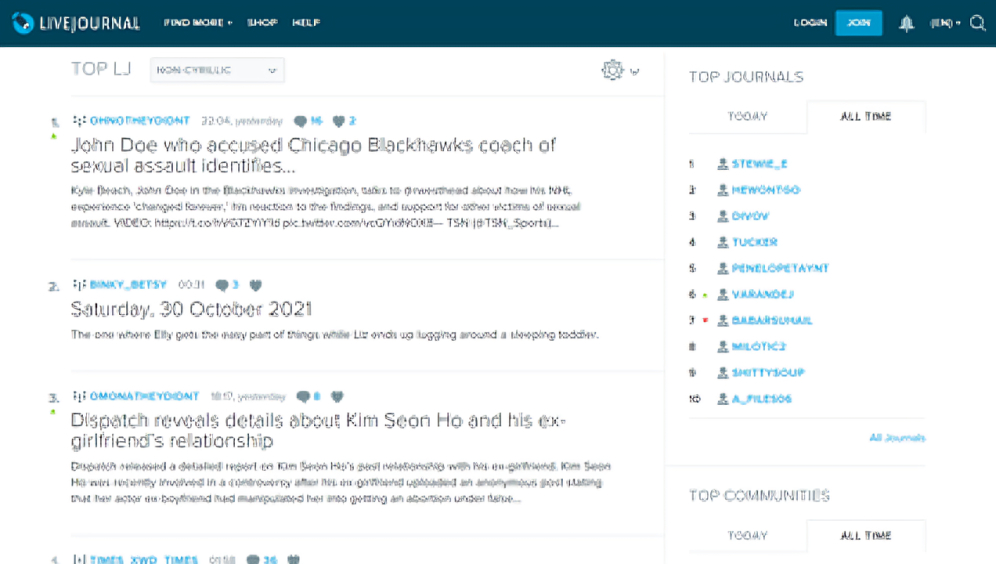
LiveJournal began in 1999 as a blogging platform where users could write personal stories and join interest-based communities. It played a major role in online fan fiction, anime fandoms, and teenage self-expression during the early 2000s. By the mid-2000s, it had millions of users worldwide. It was one of the first sites to blend personal blogging with community interaction, but eventually declined with the rise of newer social platforms.
7. Orkut
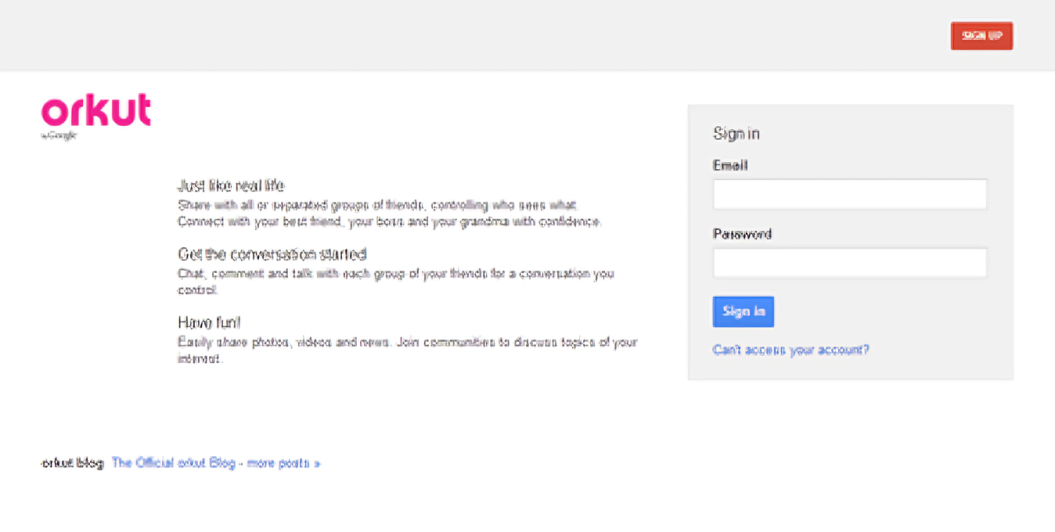
Orkut was launched by Google in 2004 and became one of the most popular social platforms in Brazil and India. Users could write testimonials for friends and join thousands of themed communities. At its height, it had more than 300 million users. Orkut lost momentum as Facebook grew globally and was shut down in 2014. It left a lasting legacy in countries where it was once the primary social network.
8. Xanga

Xanga started in 1999 as a place for people to share journal entries, reviews, and blog posts. It became especially popular among teens and college students in the early 2000s. Xanga users could customize their profiles and interact with friends through comments and “eProps.” Though it tried to relaunch in 2013, it never regained its former audience and quietly faded from the web.
9. DeviantArt
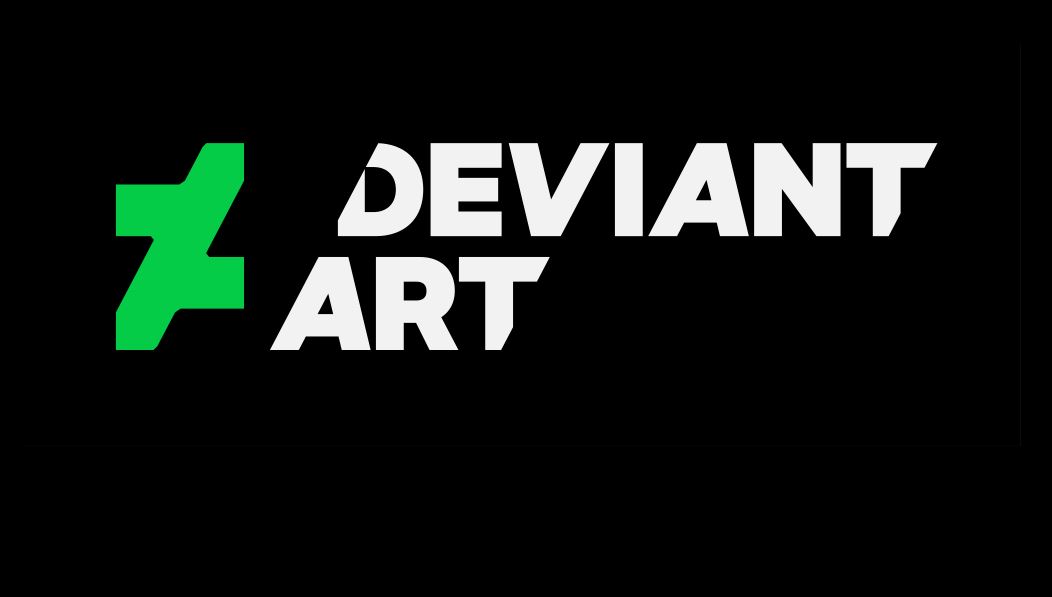
DeviantArt launched in 2000 as a community for digital artists to share their work, get feedback, and connect. While it still exists today, its cultural peak came in the 2000s when it was one of the top websites for fan art, fantasy illustrations, and web design. It played a key role in early internet art culture and inspired the formation of many other creative communities online.
10. AIM (AOL Instant Messenger)
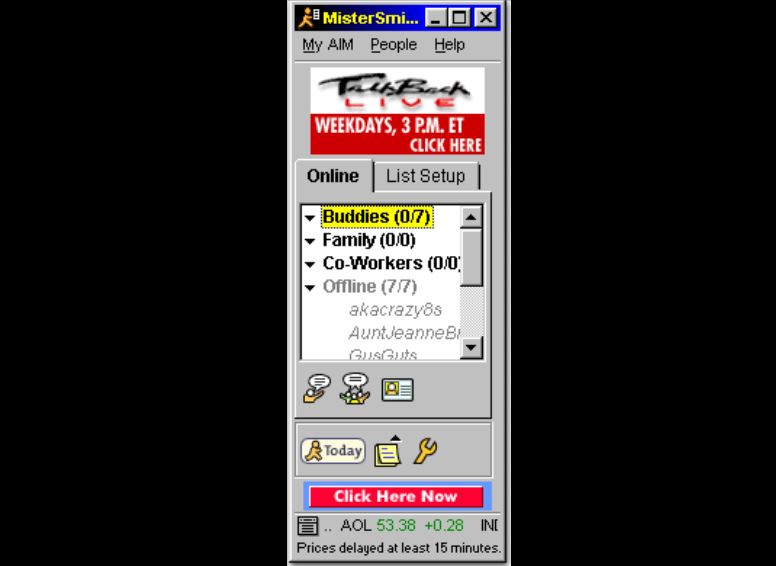
Though not a social media platform in the traditional sense, AIM was a huge part of online social life in the late 1990s and early 2000s. Released in 1997, it allowed users to send instant messages, set away messages, and build contact lists. AIM was a major influence on how people communicated online before the rise of smartphones. It was discontinued in 2017 after years of declining usage.
